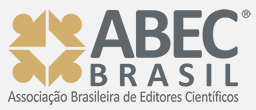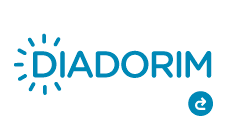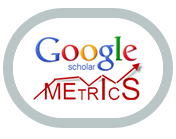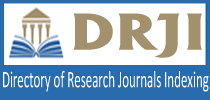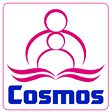Submissions
Submission Preparation Checklist
As part of the submission process, authors are required to check off their submission's compliance with all of the following items, and submissions may be returned to authors that do not adhere to these guidelines.- The contribution is original and unpublished, and it is not under review for publication by another journal; otherwise, this must be justified in the “Comments to the Editor” section.
-
All authors must provide their ORCID before the article is published, if approved.
https://orcid.org/register - The submission file is in Microsoft Word, OpenOffice, or RTF format.
- The text adheres to the stylistic and bibliographic requirements outlined in the Author Guidelines, available on the About the Journal page.
- In case of submission to a section with peer review (e.g., articles), the instructions in Ensuring a Blind Peer Review have been followed.
- The text is 1.5-spaced; uses a 12-point font; employs italics instead of underlining (except for URL addresses); and figures and tables are embedded within the text, not placed at the end of the document as appendices.
- URLs for references have been provided where possible.
Produção Textual
O autor poderá submeter algum texto (poesia, crônica, opinião, ensaio,carta), de sua autoria.
Artigos
Política padrão de seção
Privacy Statement
The names and email addresses entered in this journal site will be used exclusively for the stated purposes of this journal and will not be made available for any other purpose or to any other party.




